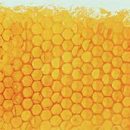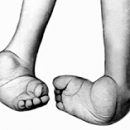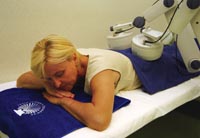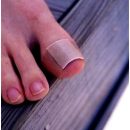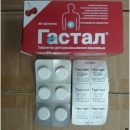What means of treating the disease of the PEDGET has modern medicine? Answer to this question you will learn from this article.
Content
Pedge's disease does not apply to the number of very common. The incidence of adults in the USA, Great Britain and Australia is about 1%; In India, Japan, in the Middle East and in Scandinavia it is below. The risk of Pingzhe's disease rises with age: in persons over 40 years of age, the incidence is 3%, and in persons over 70 years old reaches 10%. Family cases occur very rarely.
The disease often proceeds asymptomatic, especially with the defeat of one or two bones, and in such cases it is randomly detected at x-ray examination, for example, spine or pelvis. Multicopy and generalized forms may be accompanied by strong pains, bone deformations, neurological symptoms and cause immobility and disability. Options for the flow of the disease of the PEDGET are dying: it can remain localized and manifest themselves to rare exacerbations; In other cases, it proceeds wave-like or quickly progresses. Clinical manifestations depend on localization, nature and severity of bone lesions.
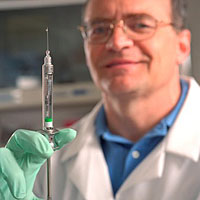 Indications for the treatment of PEDGET disease are: pain in bones and joints, radiculitis, curvature of legs, disorders of posture and gait, lesion of reference joints (especially hip), hearing impairment, heart failure with high heart rate, multiple foci of osteolysis on radiographs, increased excretion of calcium and hypercalcemia. Especially vigorous treatment is required when the bones of the skull are damaged due to the risk of severe complications.
Indications for the treatment of PEDGET disease are: pain in bones and joints, radiculitis, curvature of legs, disorders of posture and gait, lesion of reference joints (especially hip), hearing impairment, heart failure with high heart rate, multiple foci of osteolysis on radiographs, increased excretion of calcium and hypercalcemia. Especially vigorous treatment is required when the bones of the skull are damaged due to the risk of severe complications.
Treatment of asymptomatic diseases of PEDGET is controversial. Nevertheless, the untreated PEDGET disease, apparently, progresses with time, and not all patients with the absence of symptoms will remain in such. Thus, many doctors treat patients with, mainly an osteolytic form of the disease or asymptomatic flow, but the active phase, with the defeat of the support bones, bodies of the vertebrae, skulls and sites adjacent to the large joints.
All patients should receive a sufficient amount of liquid and move as much as possible. With strict bed mode, a plenty of drink is prescribed to prevent hypercalcemia and hypercalciuria. With the first opportunity, the motor regime is expanding.
With a light course of the disease (there are only symptoms of damage to bones and joints), analgesics and non-steroidal anti-inflammatory means are prescribed.
In severe disease, calcitonin and diphosphonates are used. These means suppress the resorption of bone tissue and cause a secondary decrease in the activity of osteoblasts - bone sprout cells.
Long-term treatment greatly facilitates the symptoms of the stamp of the nerves, but does not allow to achieve the reverse development of bone deformations.
Combined therapy with calcitonin and diphosphonates is shown in severe disease. Alternate 5-month treatment courses with these drugs.
Plikamcin drug quickly suppresses bone resorption, acting on osteoclasts. Due to nephro- and hepatotoxicity, plikamcin is used in two cases:
- Under the development of urgent states in patients, for example, with acute squeezing of nerves or with hypercalcemic crisis in immobilized patients;
- With the ineffectiveness of the use of calcitonin and diphosphonates.
With severe lesions of hip and knee joints that are not permanent with calcitonin and diphosphonates, the prosthesis of these joints is shown. With a strong curvature of tibial bones, sometimes resort to osteotomy.

